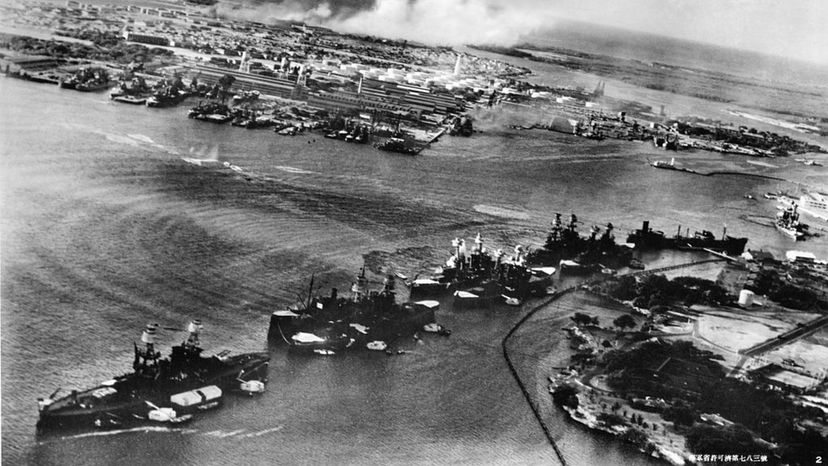
About This Quiz
World War II was supposed to be the war to end all wars. It was one of the largest conflicts the world has ever seen with total military deaths by some estimates as high as 80 million soldiers and an additional 30 to 50 million civilians. Never before has a war had such staggering death and destruction, nor has there been a war that stretched throughout the globe. There were few if any countries who were not impacted by the devastation. It was a war that made heroes, defeated evil, and in the midst saw the best and worst of humanity. Sadly, most stories of greatness were lost forever among the sheer numbers.Â
How much do you know about World War II? The battles, the victories, losses and those who led the Allies versus the Axis? You may have heard of D-Day, but can you recall VE-Day?Â
Which country attacked which country and which Axis nation surrendered first, and why? Did you know that there were three dictators in Europe at the time of the war? You know Hitler and Mussolini, but who was the other dictator involved?
While World War II is considered one of the largest scale and most destructive wars in the history of the world, it can also teach us a lot about humanity and how to prevent future world wars. It all starts with knowledge. So, how much do you know about the war to end all wars? Buckle up and take this quiz soldier!
Advertisement
Advertisement
Advertisement
Advertisement
Advertisement
Advertisement
Advertisement
Advertisement
Advertisement
Advertisement
Advertisement